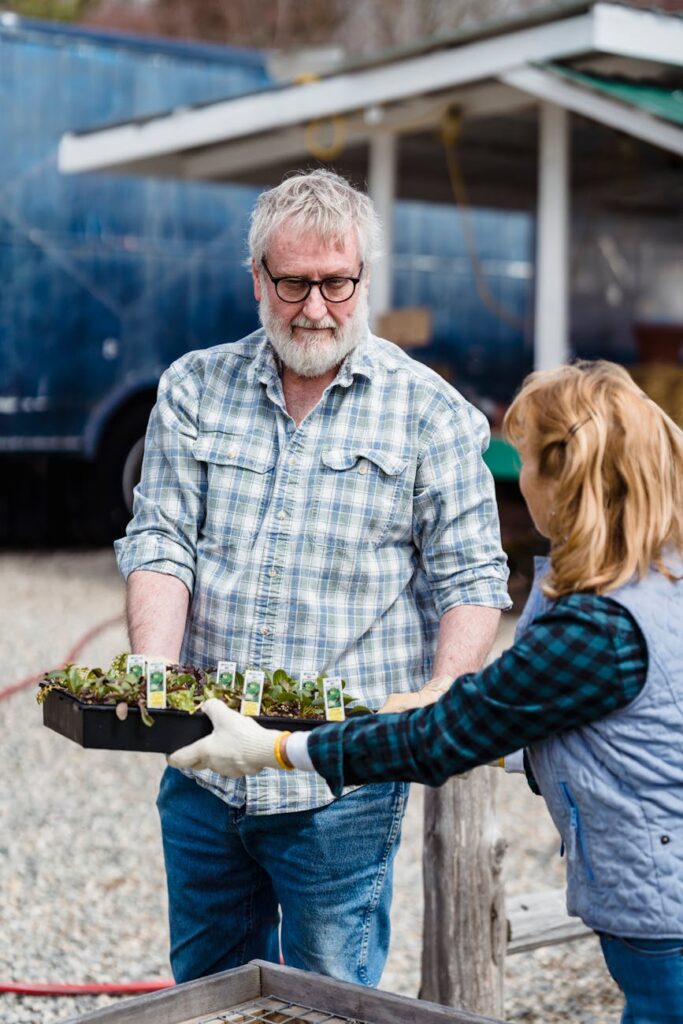Introduction
The push to reduce waste and save money has become practical, not just idealistic. Small, everyday choices at home and work add up to significant environmental and financial gains. This article outlines effective, evidence-based habits that are easy to adopt, from minimizing food waste in the kitchen to optimizing office routines and tracking long-term impact. Each section builds on the last: household practices that reduce consumption tie directly into workplace habits, and both feed into simple systems for measuring savings and waste reduction. You will find actionable steps, cost and waste estimates, and tips for maintaining momentum so eco-friendly routines become sustainable habits rather than short-lived experiments.
Smart kitchen habits to cut waste
The kitchen is the most waste-intensive room in many homes. Start by planning meals, shopping with a list, and storing food correctly to extend shelf life. Batch cooking and freezing portions prevents last-minute takeout and food spoilage. Adopt reusable storage like glass containers and beeswax wraps instead of single-use plastic. Composting food scraps keeps organic waste out of landfills and returns nutrients to gardens.
- Meal planning: Reduces impulse purchases and food waste; try planning two weekly menus and one flexible night.
- Smart storage: Label leftovers with dates, use clear containers, and keep ethylene-sensitive produce separated to last longer.
- Swap single-use: Replace paper towels and plastic bags with washable cloths and reusable produce bags.
- Composting: Even a small kitchen caddy and weekly drop to a municipal or backyard bin lowers landfill fees and creates fertilizer.
Efficient laundry and cleaning routines
Laundry and cleaning are recurring expenses that present big opportunities for conservation. Washing full loads in cold water, air-drying when possible, and using concentrated or DIY cleaners reduces energy, water, and packaging waste. Replace disposable cleaning wipes with washable microfiber cloths and buy refills instead of new bottles. Regular maintenance of appliances improves efficiency and extends their lifespan, reducing the embedded waste of premature replacements.
- Wash smart: Run full loads, use cold water cycles, and choose lower-heat dryer settings or line-dry.
- Green cleaners: Vinegar, baking soda, and concentrated eco-friendly detergents cut packaging and cost.
- Appliance care: Clean dryer vents, descale kettles and coffee makers, and defrost freezers to maintain efficiency.
Sustainable office routines at home and work
Whether you commute to an office or work from home, small routine changes lower waste and expenses. Shift to digital-first practices to reduce paper, set printers to default double-sided and draft modes, and reuse envelopes and packaging. Bring a reusable mug and water bottle, and organize communal supplies to avoid duplicate purchases. For businesses, instituting a central procurement policy focused on durable, repairable equipment prevents wasteful, ad hoc buying.
- Paper reduction: Scan and archive digitally, and recycle any unavoidable paper streams.
- Reusable gear: A reusable cup and utensils cut disposables and are paid back quickly in avoided purchases.
- Shared resources: Maintain a supplies hub for pens, chargers, and adapters to reduce redundant buying.
Track progress and scale long-term savings
Habits stick when there is feedback. Track waste volumes, utility bills, and time saved to quantify benefits. Set simple quarterly goals and review them with household members or colleagues. Small investments often have fast payback: LED bulbs, faucet aerators, and programmable thermostats deliver measurable savings and lower waste from fewer replacements. Use the table below for a snapshot of common interventions, estimated annual waste reduction, and potential monetary savings for a typical household or small office.
| Measure | Estimated annual waste reduction | Estimated annual savings | Typical payback |
|---|---|---|---|
| Composting food scraps | 150–300 kg organic waste | $0–$150 (less trash fees, gardening value) | Immediate |
| Switch to LED bulbs (10 bulbs) | Less bulb disposal; lower energy use | $60–$120 in energy | 1–3 years |
| Reusable cups and cutlery | Eliminates ~300–500 single-use items | $50–$200 (depending on prior disposable use) | Months |
| Install faucet aerators and low-flow showerheads | Reduced water use ~15–30% | $30–$150 in water bills | 6–18 months |
| Paper reduction and duplex printing | Reduces paper use 30–60% | $40–$200 in paper and printing | Months |
Note: Estimates vary by household size, local utility rates, and behavior. Use these as benchmarks to guide prioritization.
Conclusion
Adopting eco-friendly habits at home and work is both practical and financially smart. Start with high-impact, low-effort actions: plan meals, reduce single-use items, optimize laundry and cleaning routines, and make the office paperless wherever possible. Combine these behaviors with simple tracking to see measurable reductions in waste and costs. Small investments like LEDs, faucet aerators, and reusable gear tend to repay quickly and reduce future purchases and waste. Over time, coordinated habits across the household and workplace compound: lower utility bills, fewer disposable purchases, and reduced landfill contributions. Commit to one change this week, track the outcome, and build from that success to create lasting environmental and economic benefits.
Image by: Cup of Couple
https://www.pexels.com/@cup-of-couple




